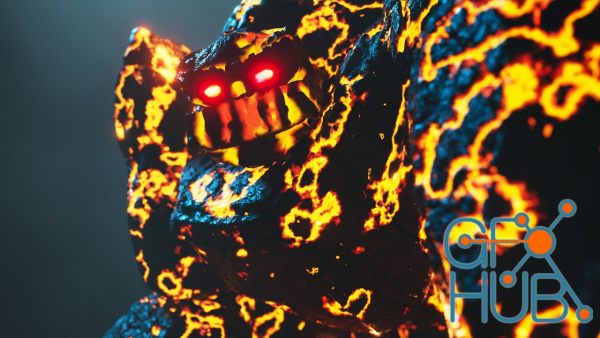
Whatever you create with Maya in the 3D space, Arnold turns into something that can be perceived as finalized images. A render engine is any additional software you use to generate a graphic output.

Now that we understand this basic concept, let’s jump to how to get started with Arnold in Maya 2020.Īrnold is, since 2017, Maya’s default render engine. By doing so, they interact with each other to create the final image, but we can always go back to whatever needs fixing. While compositing is a very wide discipline, in the specific case of render passes it’s used to bring all the separate passes in a seamless manner. COMPOSITING YOUR RENDERĬompositing is the art of combining visual elements from separate sources into single images. This could cut a potentially three-hour render into a quick ten-minute fix. Rather than editing and re-rendering the whole thing again and again to make a small change, you can go into your render pass on a compositing program like Nuke or Photoshop, and fix the reflectivity pass. Let’s say that you realize the reflections on your character’s helmet are a bit too exaggerated. And can be a great time-saver when it comes to the complete image. It’s like having an oil painting where the shapes, the highlights, the shadows, the base and flat colors are all separated into different images that, when combined, make the final version of the image.Ī render pass allows you to have more control over how these elements combine with each other. We will use this model for our demonstration Here’s a final render of a 3D Character by Marco Nogueira. If you are new to rendering, you might be wondering, what are render passes? What is compositing? Let’s have a proper look at that. We will take a look at some of the most basic ways of setting up your render so you can get exactly the passes you need for compositing. We’ll separate the different passes and layers of a model to later bring into Nuke for Compositing. In this guide, we will focus on creating a set of renders from Arnold, the standard industry software for 3D rendering. Though the process is complex, it’s still something you can master with some guidance.

Rendering has become a standard practice with the need for computer imagery on more and more productions.

Styles vary from photorealism to a more animated feel. Rendering is the act of turning your 3D information into tangible images that can be shown on screen. Click here to learn more about InFocus Film School’s 3D Animation and Visual Effects Program


 0 kommentar(er)
0 kommentar(er)
